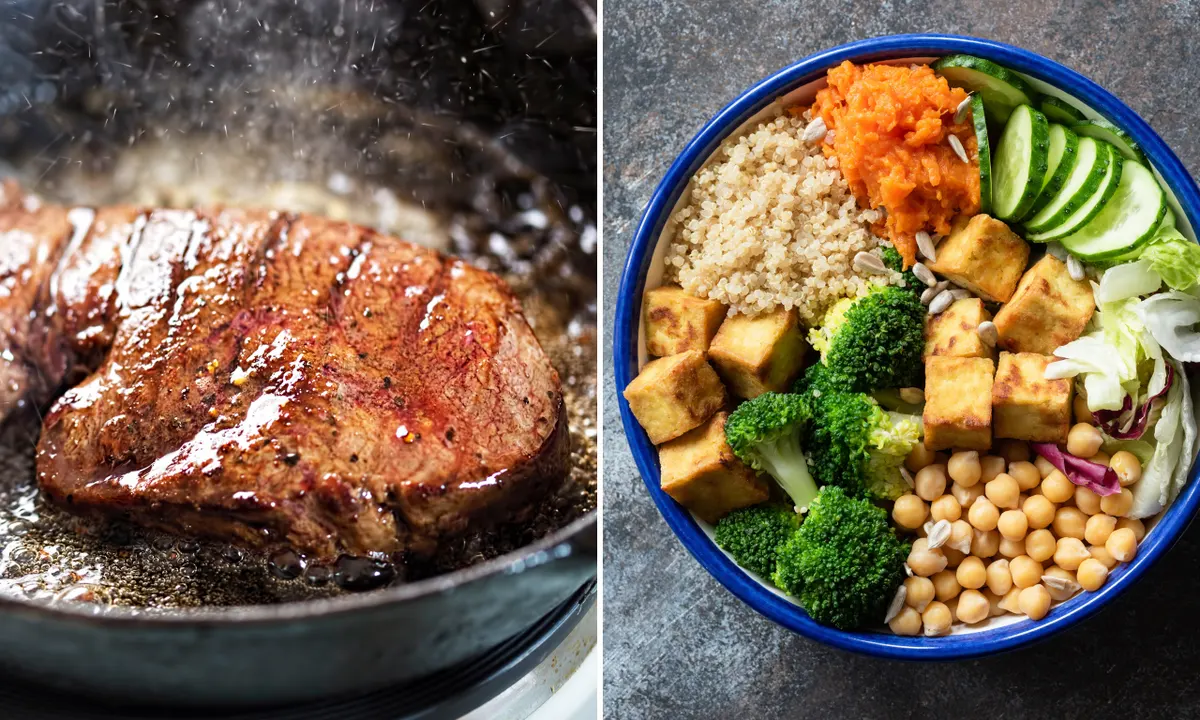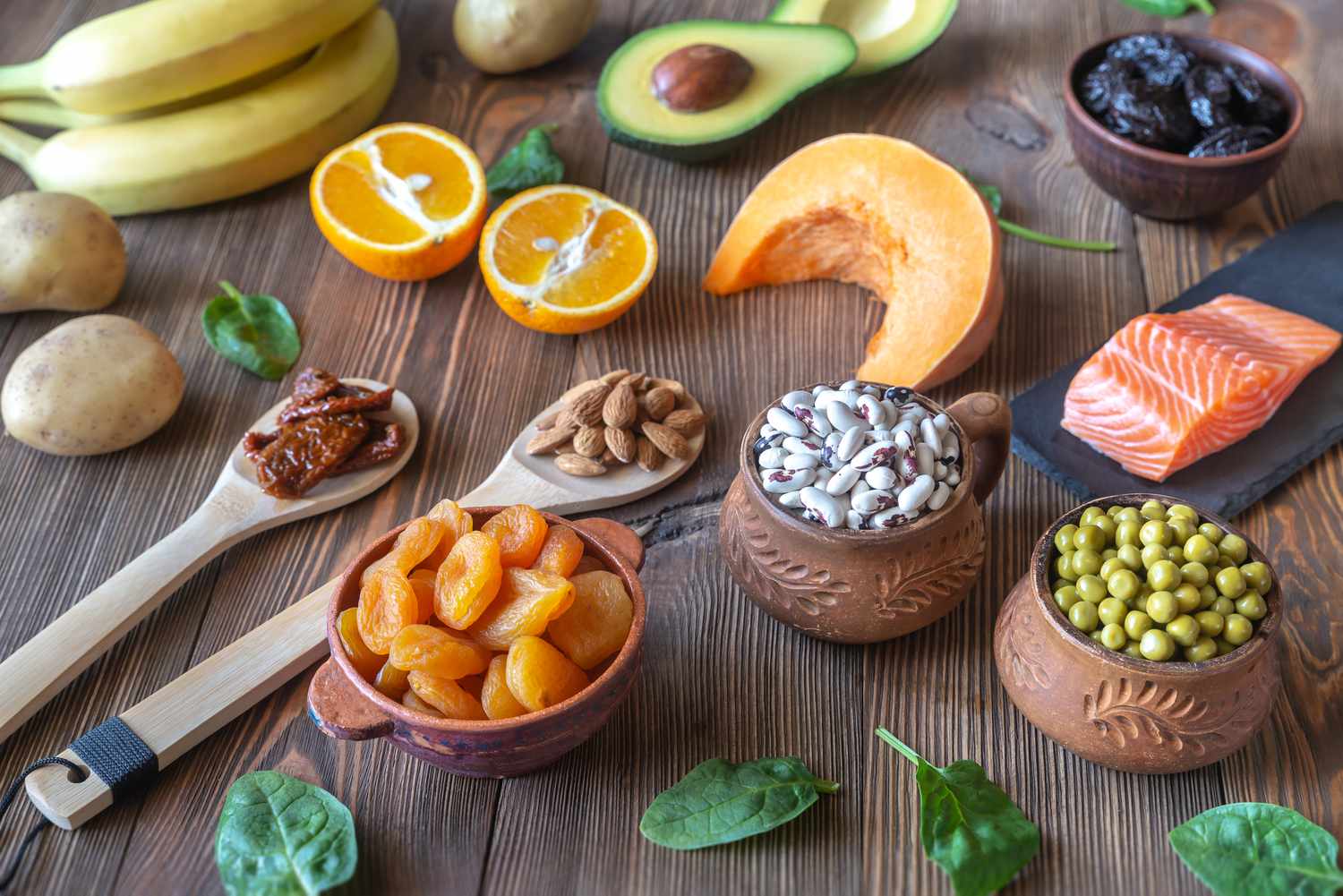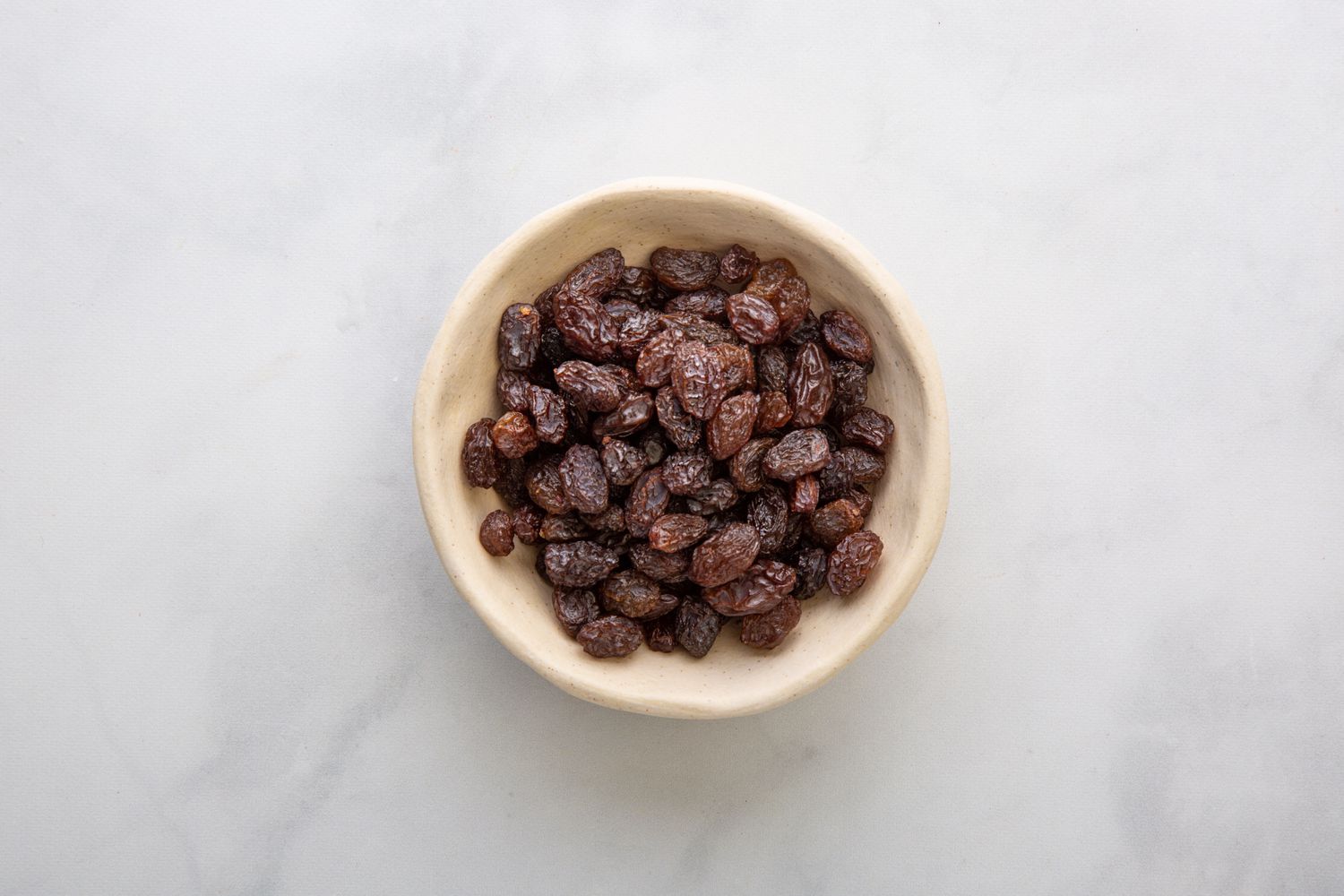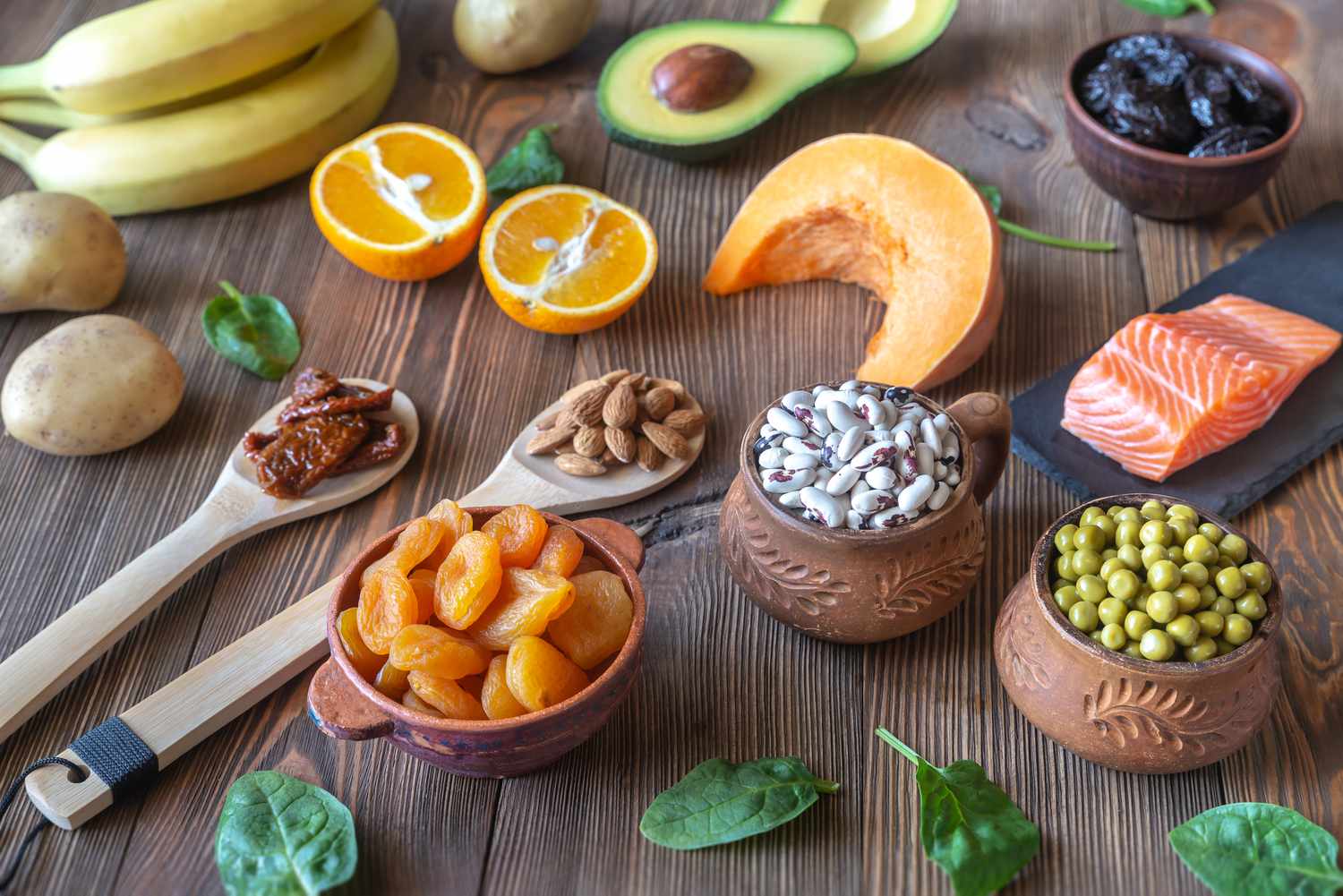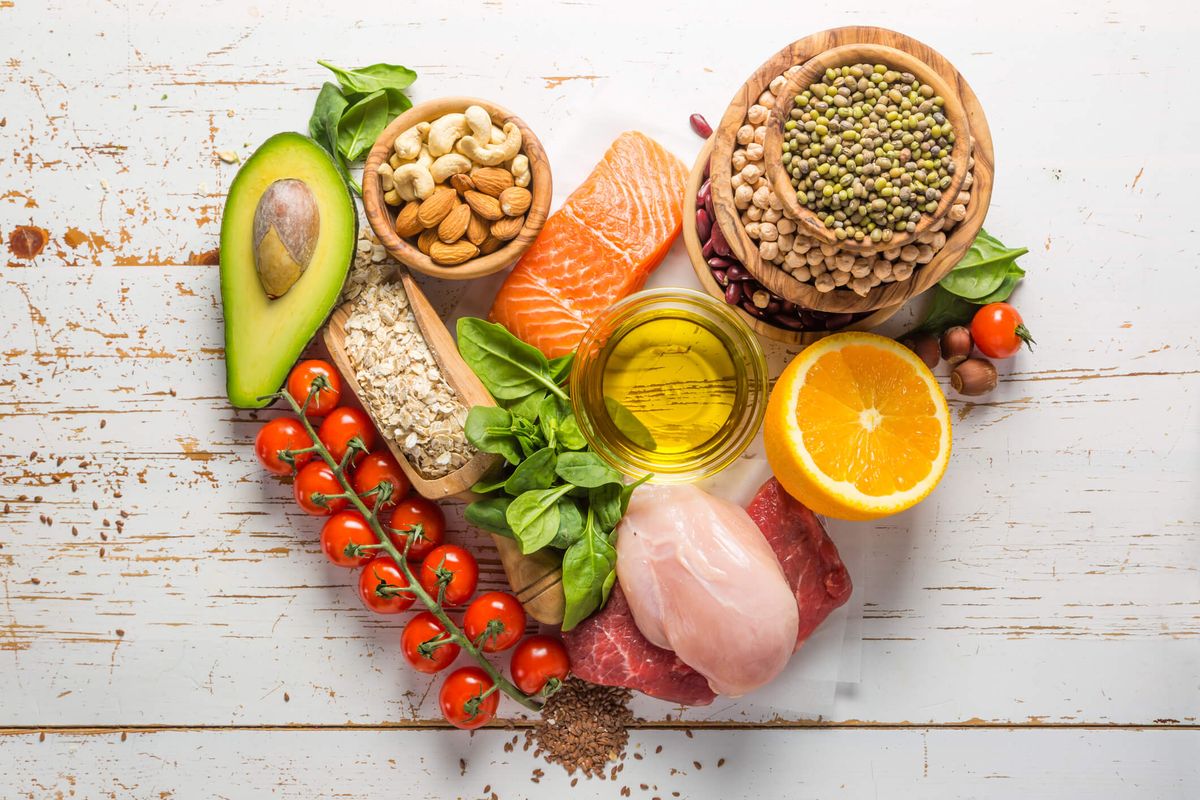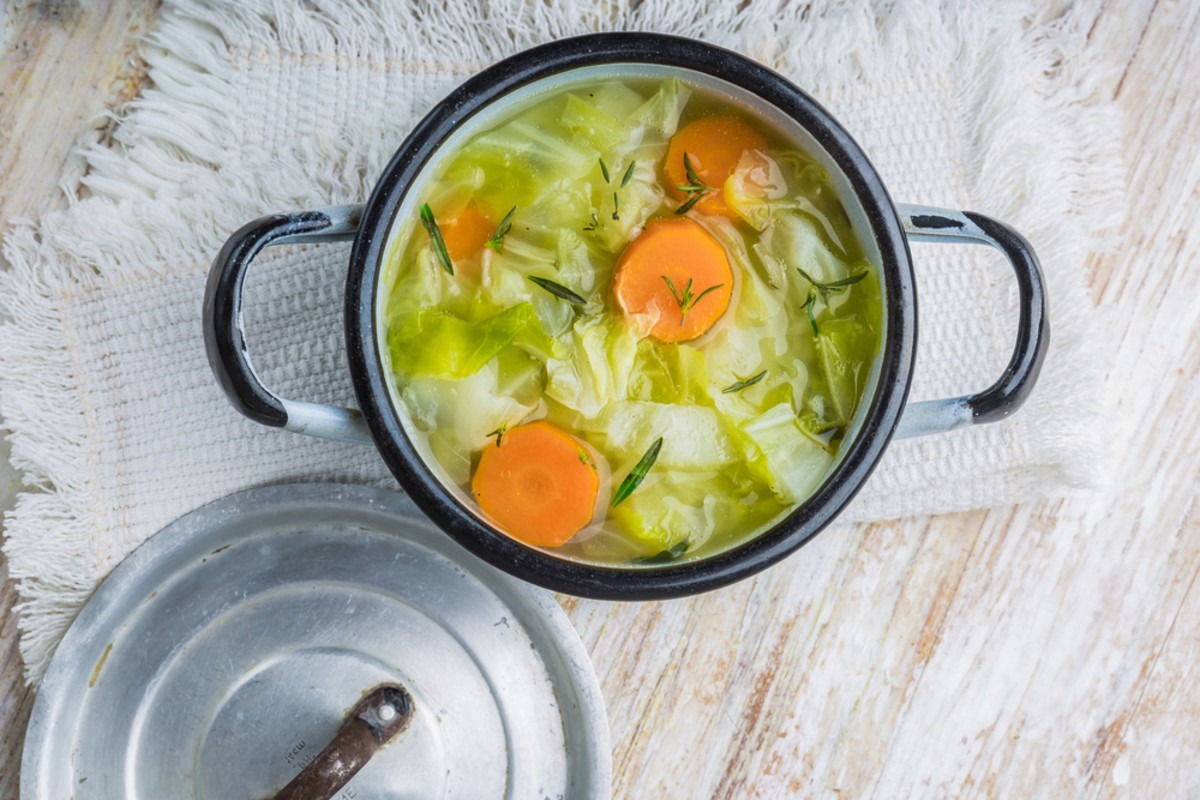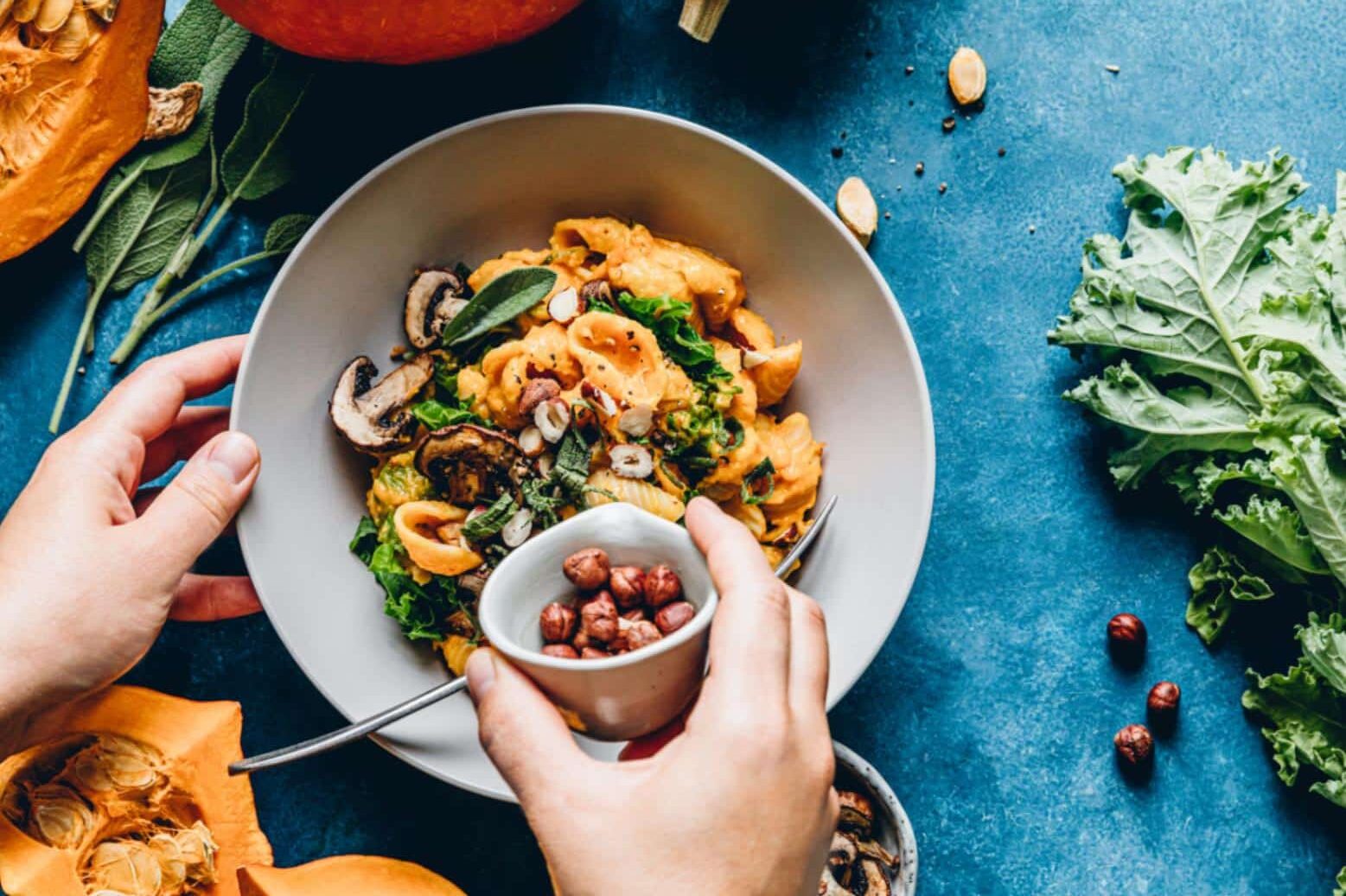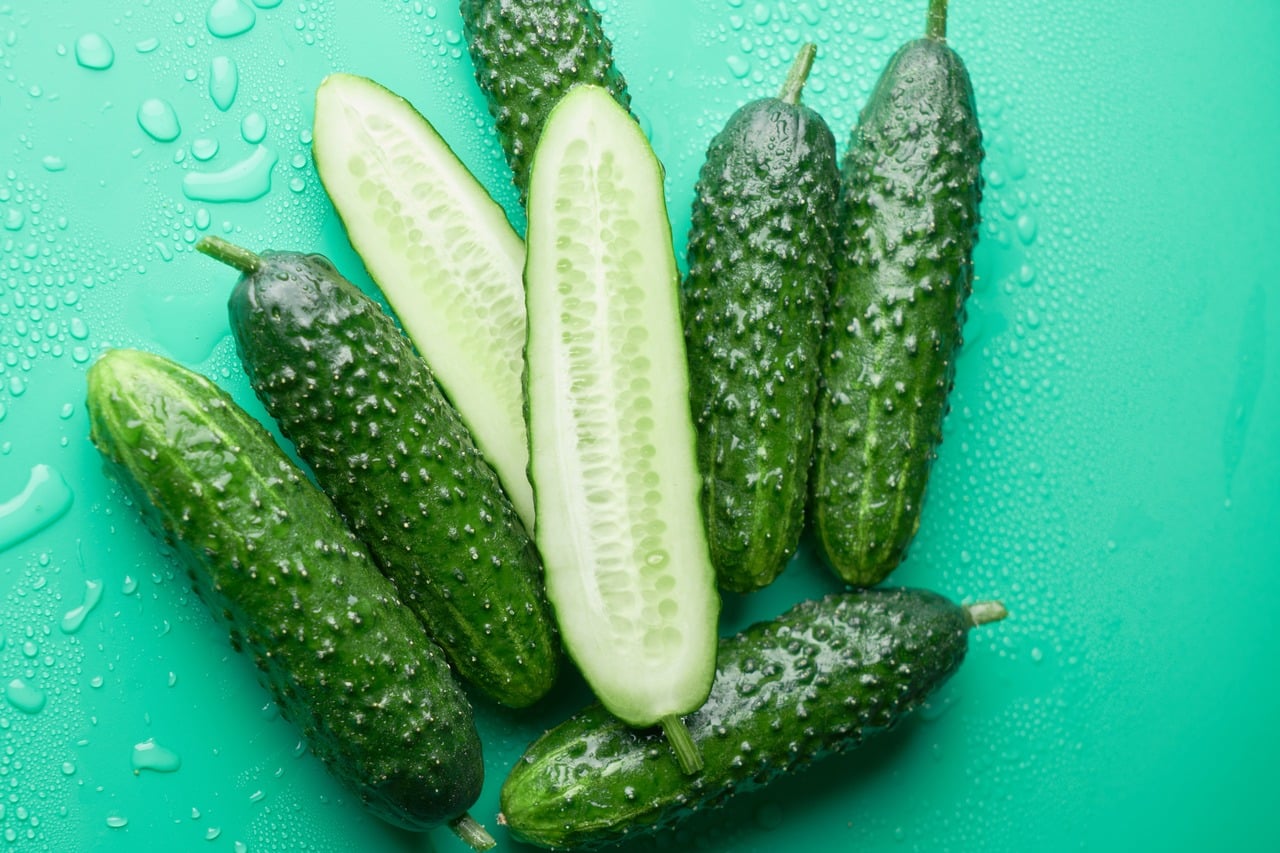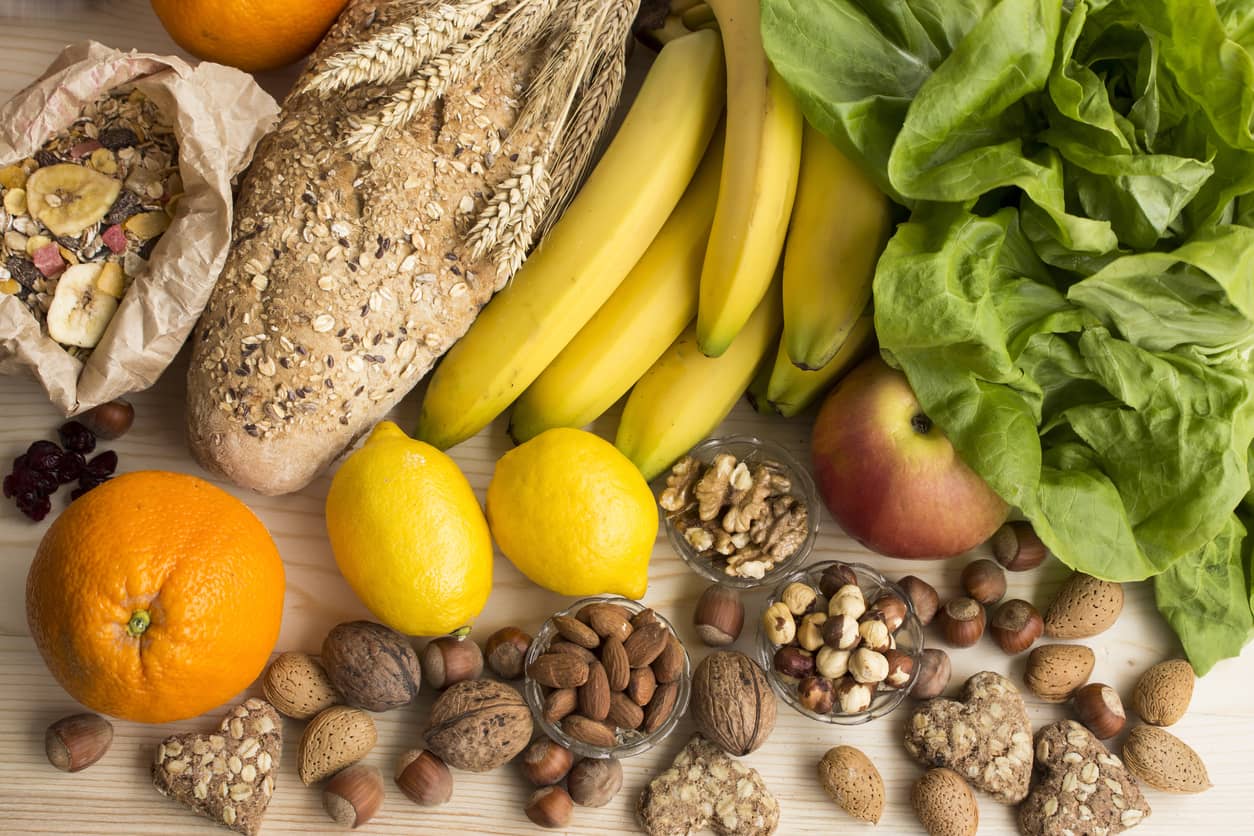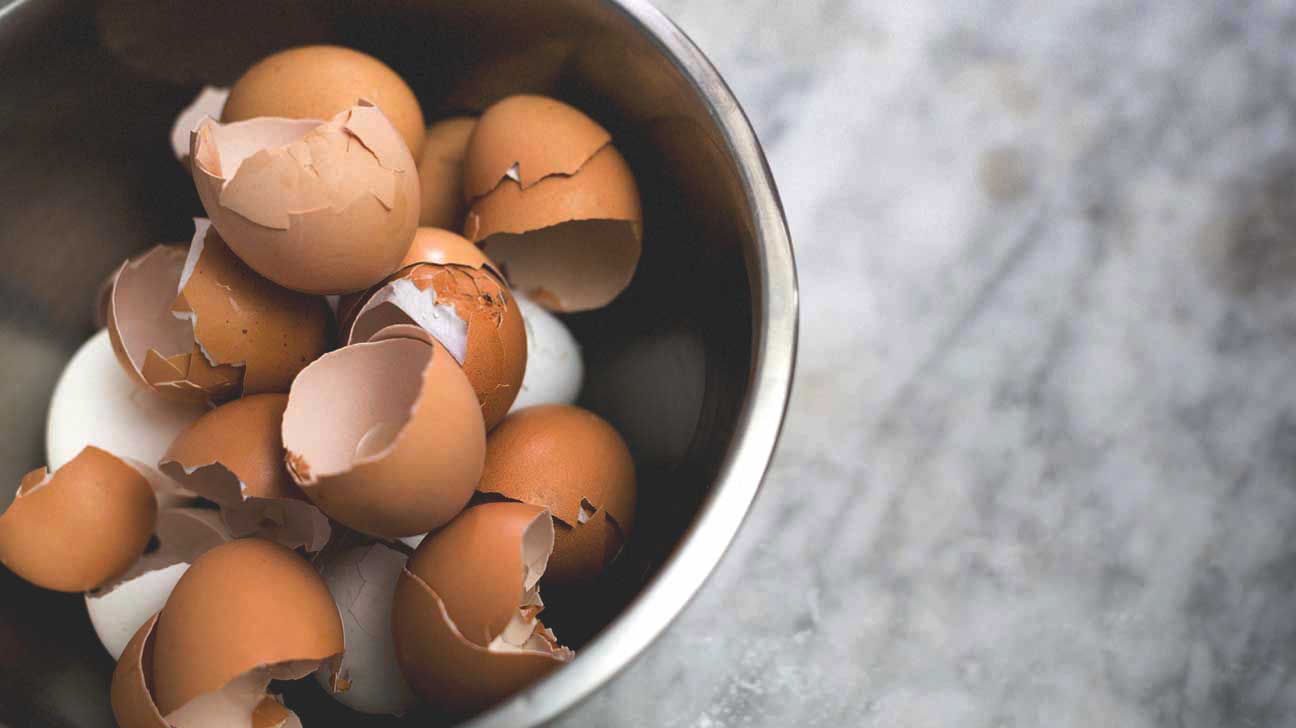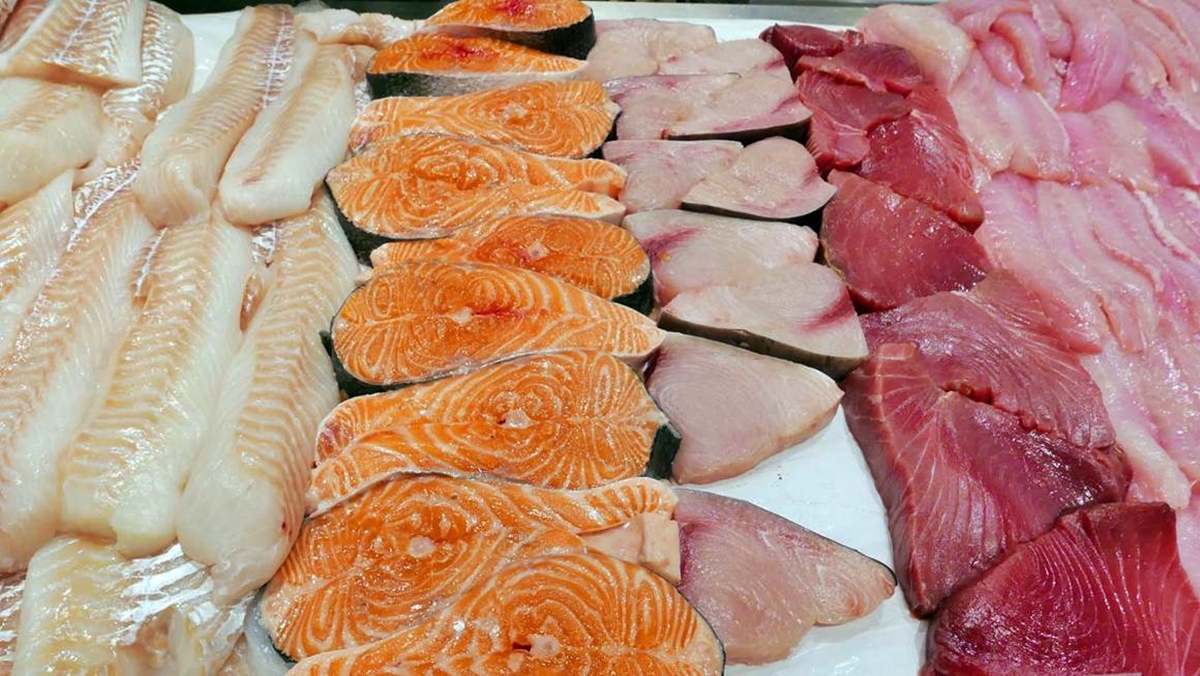Why You Need Potassium in Your Diet
Potassium is an essential mineral that plays a crucial role in maintaining overall health. It helps regulate fluid balance, muscle contractions, and nerve signals. A diet rich in potassium can help lower blood pressure, reduce the risk of stroke, and prevent kidney stones. It also supports bone health and muscle function.
Top High Potassium Foods to Include in Your Diet
Adding high potassium foods to your diet is an excellent way to ensure you’re getting an adequate amount of this essential mineral. Here are some top foods to consider:
- Bananas: Bananas are a convenient and delicious source of potassium. They can be enjoyed on their own, added to smoothies, or sliced over oatmeal.
- Spinach: This leafy green vegetable is packed with potassium. You can incorporate spinach into salads, omelets, or smoothies.
- Sweet Potatoes: Sweet potatoes are not only rich in potassium but also high in fiber and vitamins. They can be baked, mashed, or roasted for a nutritious side dish.
- Avocados: Avocados are a creamy and nutritious source of potassium. Enjoy them in guacamole, on toast, or added to salads.
- Beans: Beans, such as black beans, kidney beans, and white beans, are excellent sources of potassium. Add them to soups, salads, or make a hearty bean chili.
Ways to Incorporate High Potassium Foods into Your Meals
Now that you know which foods are high in potassium, it’s essential to find creative ways to incorporate them into your meals. Here are some ideas to help you boost your potassium intake:
- Smoothies: Blend bananas, spinach, and yogurt for a potassium-rich breakfast or snack.
- Salads: Toss avocado slices, beans, and sweet potatoes into your salads for an extra potassium punch.
- Snacks: Enjoy a banana with nut butter or a baked sweet potato with a sprinkle of cinnamon for a nutritious snack.
- Side Dishes: Serve sautéed spinach as a side dish or add mashed sweet potatoes to your dinner spread.
Considerations for a High Potassium Diet
While incorporating high potassium foods into your diet is beneficial, it’s essential to consider any specific dietary restrictions or medical conditions you may have. Some individuals, such as those with kidney disease, may need to limit their potassium intake. Always consult with a healthcare professional or a registered dietitian before making significant changes to your diet, especially if you have any underlying health concerns.
Conclusion
Eating a high potassium diet can have numerous health benefits, and it’s relatively easy to achieve by including potassium-rich foods in your meals. By incorporating bananas, spinach, sweet potatoes, avocados, and beans into your diet, you can boost your potassium intake and support overall health. Remember to get creative with your meal planning and always prioritize balance and moderation in your dietary choices.
